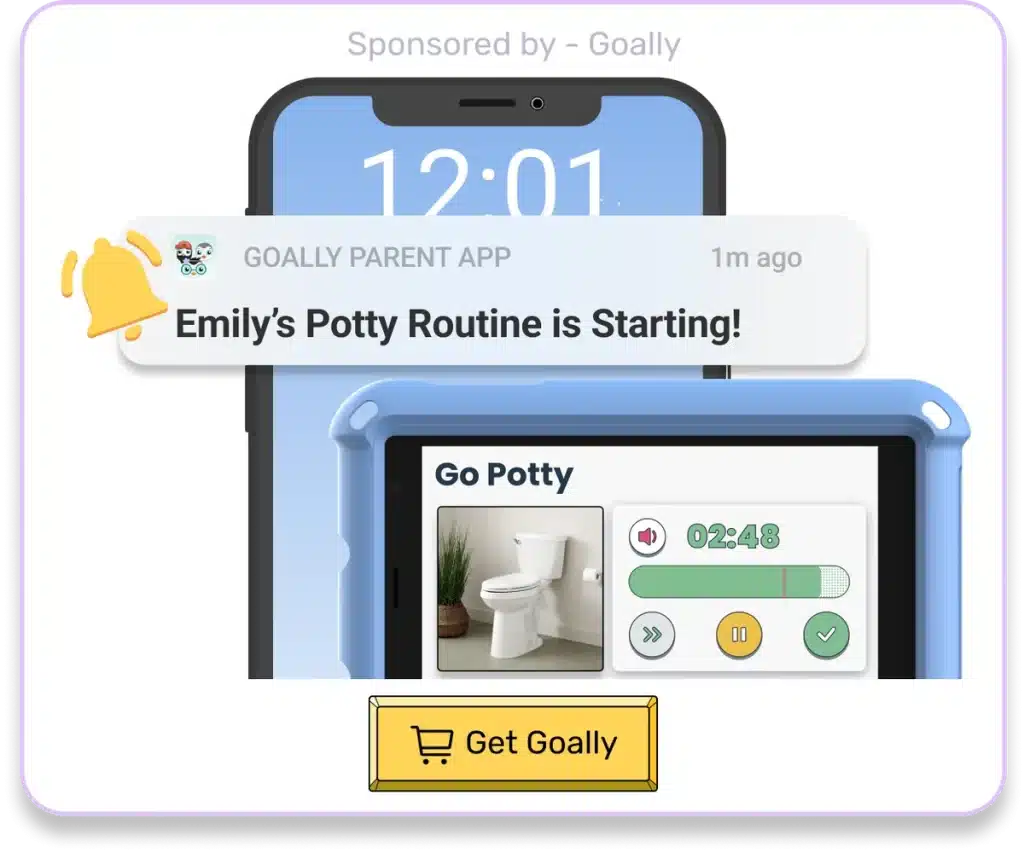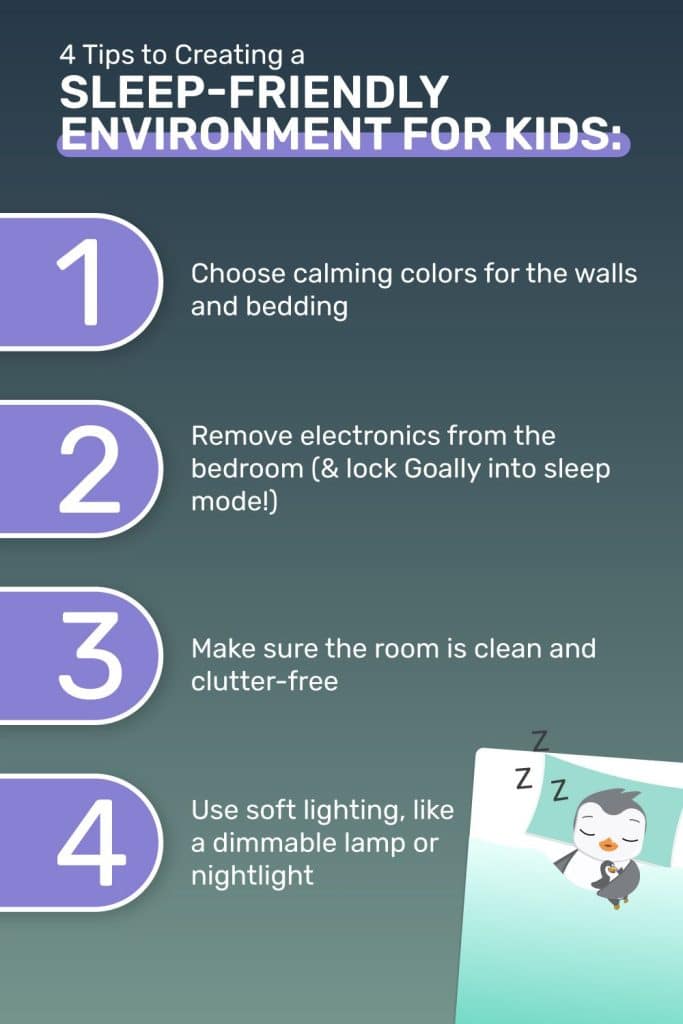Many parents of neurodivergent children wonder, “What time should kids go to sleep?” In this blog post, we’ll explore the importance of sleep for kids with thinking and learning differences and how to determine the optimal bedtime for your child. You’ll also find practical tips for creating a healthy sleep routine and environment tailored to your child’s unique needs. Let’s dive into the world of sleep and help your child achieve restful nights and brighter days!
Table of Contents
Why Sleep Matters for Neurodivergent Kids
Firstly, it’s important to understand the significance of sleep for all children, especially those with support needs. Sleep plays a crucial role in cognitive development, emotional regulation, and overall well-being. For neurodivergent kids, a good night’s sleep can make a world of difference in their ability to focus, learn, and cope with daily challenges.
Benefits of Adequate Sleep
- Improved memory and learning
- Better emotional regulation
- Enhanced immune system function
- Increased attention and focus
- Reduced symptoms of anxiety and depression
In the same vein, lack of sleep can exacerbate existing challenges for kids with thinking and learning differences. For example, sleep deprivation can lead to increased irritability, difficulty concentrating, and heightened anxiety.

Read more: Bedtime Routine
Finding the Ideal Bedtime for Your Child
Now that we’ve established the importance of sleep let’s tackle the question, “What time should kids go to sleep?” The answer, however, isn’t one-size-fits-all. Several factors come into play when you’re figuring out the optimal bedtime for your child.
Consider Age and Sleep Needs
Above all, consider your child’s age and their specific sleep needs. The American Academy of Pediatrics recommends the following sleep durations for different age groups:
| Age | Recommended Sleep Duration |
|---|---|
| 3-5 years | 10-13 hours |
| 6-12 years | 9-12 hours |
| 13-18 years | 8-10 hours |
Keep in mind that these recommendations are general guidelines. Your child’s individual sleep needs may vary. It’s essential to observe your child and adjust their bedtime accordingly.
Observe Your Child’s Sleep Patterns
Moreover, pay attention to your child’s natural sleep patterns. Some kids are early birds, while others are night owls. Observe when your child starts showing signs of sleepiness, such as yawning, rubbing their eyes, or becoming irritable. This can help you pinpoint the best time for them to hit the hay.
In addition, track your child’s sleep patterns over time. You may notice patterns or trends that can help you fine-tune their bedtime. For example, if your child consistently wakes up early, even on weekends, they may benefit from an earlier bedtime.
Factor in Daily Routines and Schedules
Furthermore, consider your family’s daily routines and schedules. School, extracurricular activities, and family commitments can all impact your child’s bedtime. Aim for consistency, even on weekends, to help establish a stable sleep pattern. To achieve consistency, try creating a visual schedule that outlines your child’s daily routine, including bedtime. This can help both you and your child stay on track and maintain a consistent sleep schedule.
Build Custom Printable Visual Schedules
Is your child having trouble managing their routines? Here’s a free visual schedule builder. Goally’s custom tool allows you to create printable personalized schedules that motivate your child to focus on their tasks. Perfect for morning, homework, and bedtime routines, this free visual schedule builder is easy to use and will help your child reach their full potential.
Click below to make your CUSTOM printable visual schedule! 👇
Establishing a Healthy Sleep Routine
Once you’ve determined the ideal bedtime for your neurodivergent child, it’s time to create a sleep routine that sets them up for success.
Create a Calming Pre-Bedtime Ritual
For instance, develop a calming pre-bedtime ritual that helps your child wind down. This may include activities such as reading, listening to soft music, or taking a warm bath. Avoid screen time and stimulating activities close to bedtime, as they can interfere with sleep.
To make the pre-bedtime ritual even more effective, involve your child in the process. Ask them what activities help them feel relaxed and ready for sleep. This can empower your child and make the routine more enjoyable for both of you.

Read more: How to Put a Kid to Sleep in 40 Seconds
Ensure a Sleep-Friendly Environment
Similarly, make sure your child’s sleep environment is conducive to rest. A dark, quiet, and cool room is ideal. Consider using blackout curtains, white noise machines, or a fan to create the perfect sleep setting.
Additionally, pay attention to your child’s sleep preferences. Some kids may prefer a weighted blanket, while others might need a specific pillow or stuffed animal to feel comfortable. By catering to your child’s individual needs, you can create a sleep-friendly environment that promotes restful slumber.
Encourage Consistency
Lastly, consistency is key. Encourage your child to go to bed and wake up at the same time every day, even on weekends. This helps regulate their internal clock and promotes better sleep quality.
To support consistency, set a positive example by maintaining a regular sleep schedule yourself. This not only benefits your own well-being but also demonstrates the importance of healthy sleep habits to your child.
Goally | Routines that Actually Work
Goally’s skill building tablet for kids has routines that break down large tasks into small, achievable steps. It helps kids complete their tasks independently!

Create custom routines with your own videos & pictures for every step. The steps come in small, bite-sized pieces to help your child learn the little fundamentals (like putting the toothpaste on their toothbrush!) to achieve bigger goals. And that’s just the beginning. See it in action:
Wrapping Up: Every Child is Unique
In short, there’s no universal answer to the question, “What time should kids go to sleep?” Each neurodivergent child has unique sleep needs and patterns. By considering factors such as age, natural sleep tendencies, and daily routines, you can determine the best bedtime for your child. Establishing a healthy sleep routine and environment will further support their well-being and development. So, here’s to sweet dreams and a brighter tomorrow for your child!
This post was originally published on 05/16/2023. It was updated on 10/20/2023.

Goally
We help parents teach their kids life skills, like doing bedtime and morning independently. Backed by science, we incorporate evidence-based practices and expert-informed designs in all of our apps and content.






